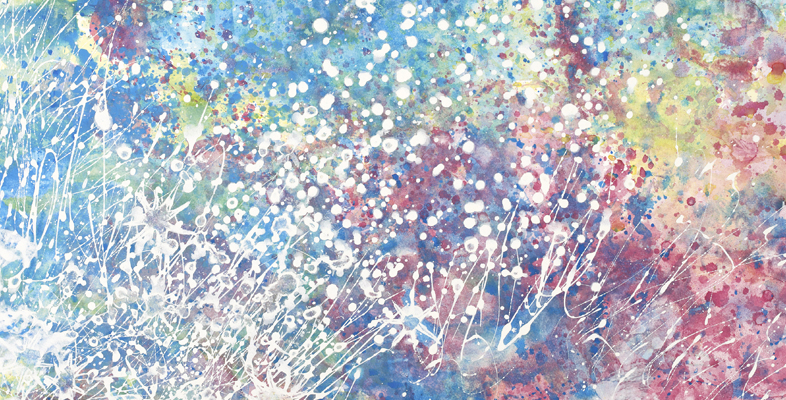2.3 One autism or several autisms?
In a recent interview, Michael Baron, father of Timothy, echoed the concern that society’s current image of ‘what autism is’ downplays or overlooks the difficulties of people like Timothy:
On the one hand the increased awareness [of autism] is a good thing and can only make things better. And on the other hand I'm no longer sure that the label is right for all the people who say ‘oh I've just been diagnosed’ … I think the situation has become very fragmented, very confused. The language is very difficult and in a sense I don’t recognise it. And so when I look back the parents I knew … of – let’s use that awful word – handicapped children, they were children who were made dependent by their disorder and over the years they have changed maybe from being the majority to being … not so big a majority, maybe in fact a minority now. So it has changed enormously.
Michael Baron’s view is that the time may have come to reconsider – again – the idea of a unified autism condition. Interestingly this is an ongoing topic of discussion among clinicians (Boustead, 2015), and fits with suggestions by some geneticists. As outlined in Week 4 [Tip: hold Ctrl and click a link to open it in a new tab. (Hide tip)] , genetic studies have shown that DNA variants on a large number of genes may be involved – besides some rare cases, it is a polygenic condition. Moreover, autistic people seem to have different combinations of candidate genes, meaning that it is a heterogeneous condition. On the face of it, this genetic variation fits well with the idea of a spectrum of heterogeneity and individuality at the level of symptoms and behavior.
Yet some experts maintain that the future lies in fragmenting autism into different disorders or conditions. These would be defined in terms of which genes are affected and how these relate to distinctive patterns of physical characteristics such as digestive problems and traits such as intellectual disability (Deweerdt, 2014). Creating genetically differentiated autism sub-groups has made it possible to link some families whose children have characteristics in common, enabling the families to share information on what interventions have worked for their children, to provide guidance for teachers, and to inform research. However, given the vast range of possible genetic variants that have been identified in autism, and the fact that some of these occur in conditions other than autism, it may only be possible to group a small proportion of autistic people in this way. The debate about whether and how autism can be subdivided is ongoing.
However we think of the autism spectrum, it is clear that some autistic individuals manage and even thrive without support, while others need as much help as they can get. The challenge to us all is to strike the right balance between respecting autistic people’s right to autonomy and self-determination, while providing support wherever and whenever it is needed, including in the areas where even quite able people struggle. Autistic individuals should have as much input as they can into decisions about their care and support. This
